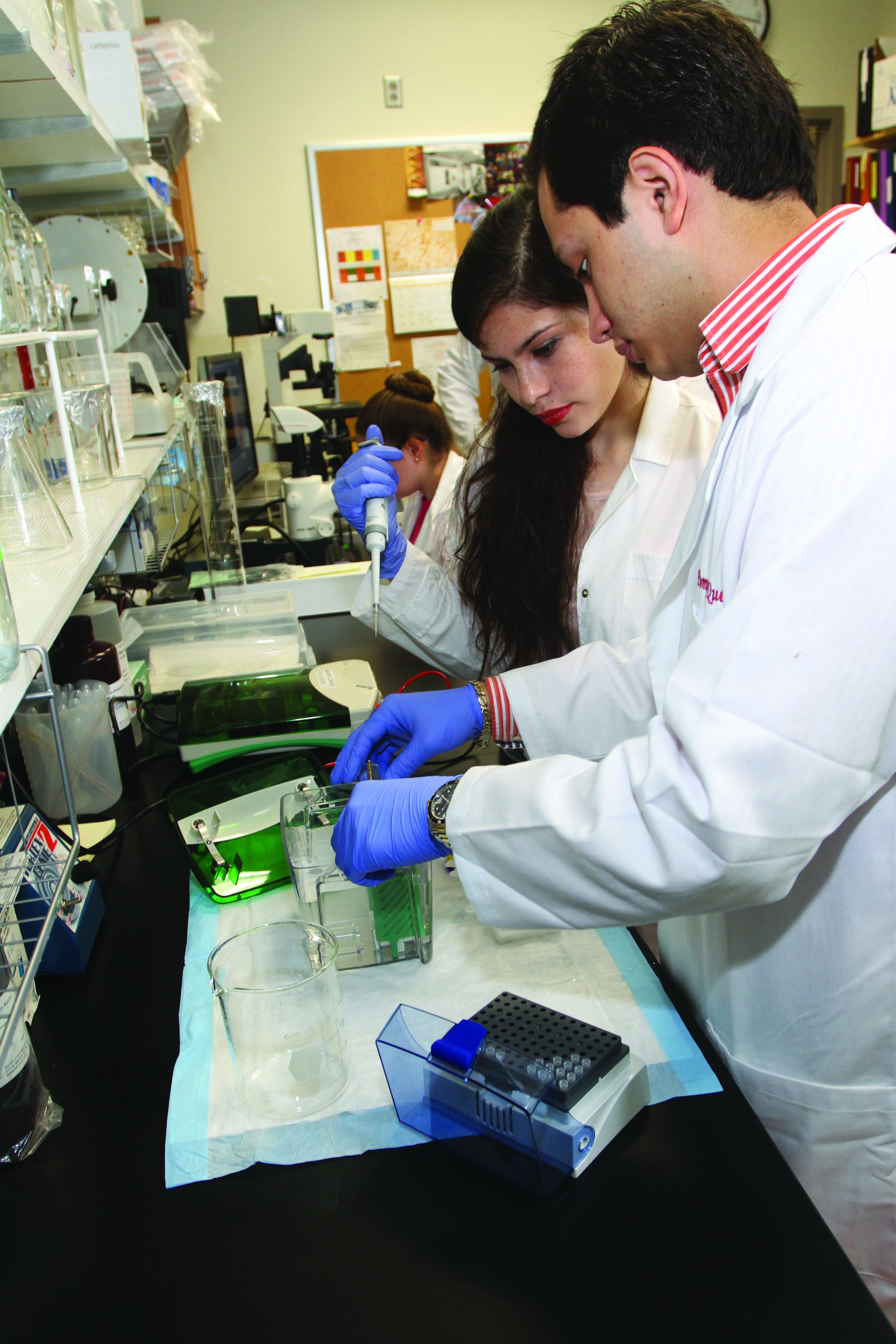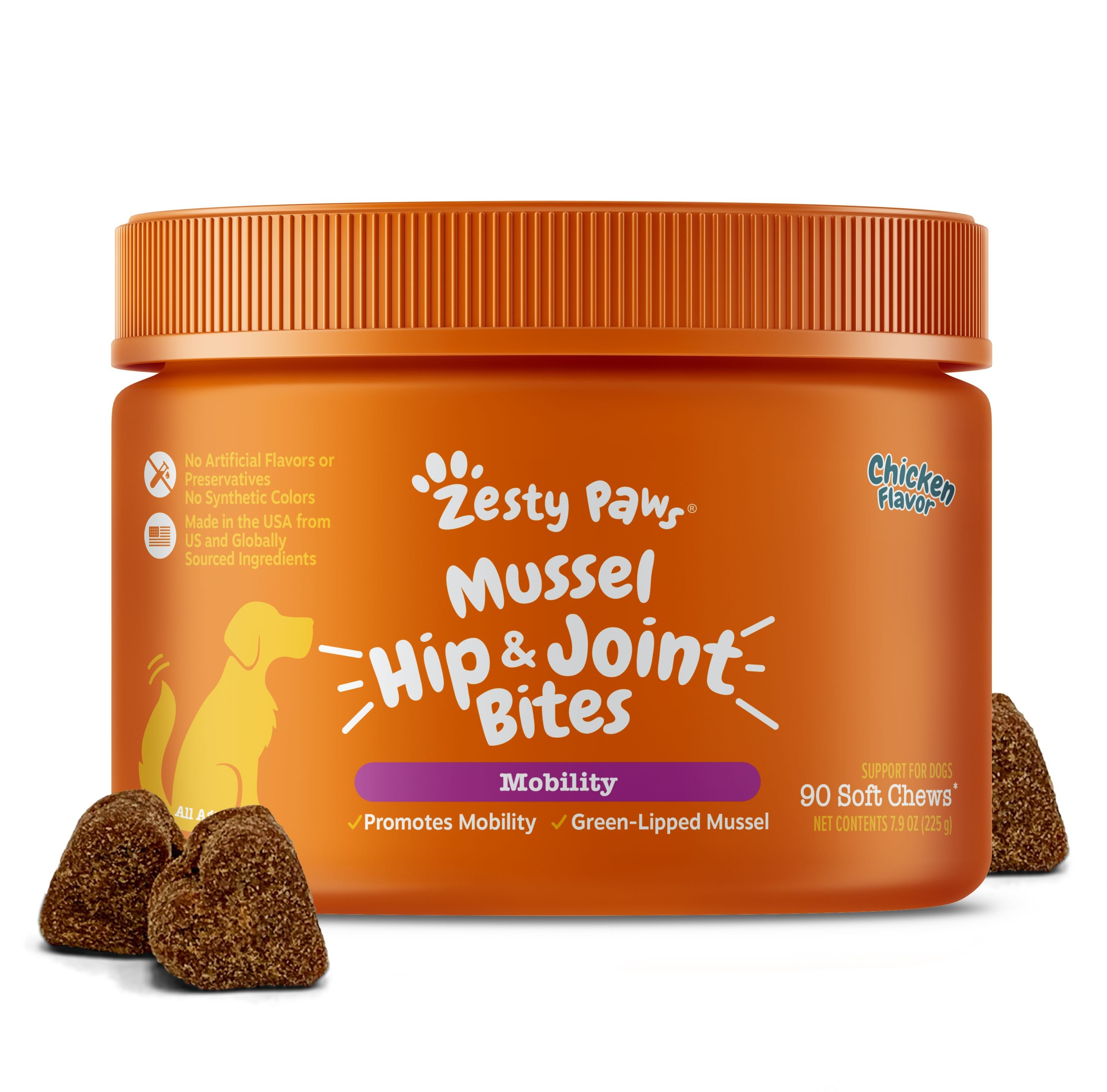Mussels mostly stay in one place, eating plankton that they filter from the water. The green mussel (perna viridis) is farmed in many parts of southeast asia. A small sea creature that has a black shell with two parts that close tightly together. · the mussel itself is tan-colored and full of protein, vitamins, and minerals. Sea mussels are among the favourite seafood of people everywhere. Mussel, any of numerous bivalve mollusks belonging to the marine family mytilidae and to the freshwater family unionidae. · additionally, both wild and farmed mussels have minimal impact on the environment. Read on to see how they can help with everything from asthma to arthritis. · heres some good news: One reason for this is because mussel farming doesn’t require feed or chemicals, … The common name mussel is also used for many freshwater bivalves, including the freshwater pearl mussels of the order unionida. The health benefits of mussels are plentiful! · the most commonly consumed species is the blue or common mussel (mytilus edulis), prevalent along the coastlines of europe, north america, and asia. Worldwide in distribution, they are most common in cool seas. New zealand has 22 species of mussel including the blue mussel (kuku), little black mussel (hauea) and the ribbed mussel (pukanikani). Freshwater mussel species inhabit lakes, ponds, rivers, … In colder seas, they are … A single mussel can filter up to 50 gallons of water per day, acting as a natural water purifier and improving water quality for other marine life! They cling to rocks with their byssal threads, … Depending on the species, mussels are found in …
How Mussel "Poop Sacks" Are Revolutionizing Science
Mussels mostly stay in one place, eating plankton that they filter from the water. The green mussel (perna viridis) is farmed in many parts of...









